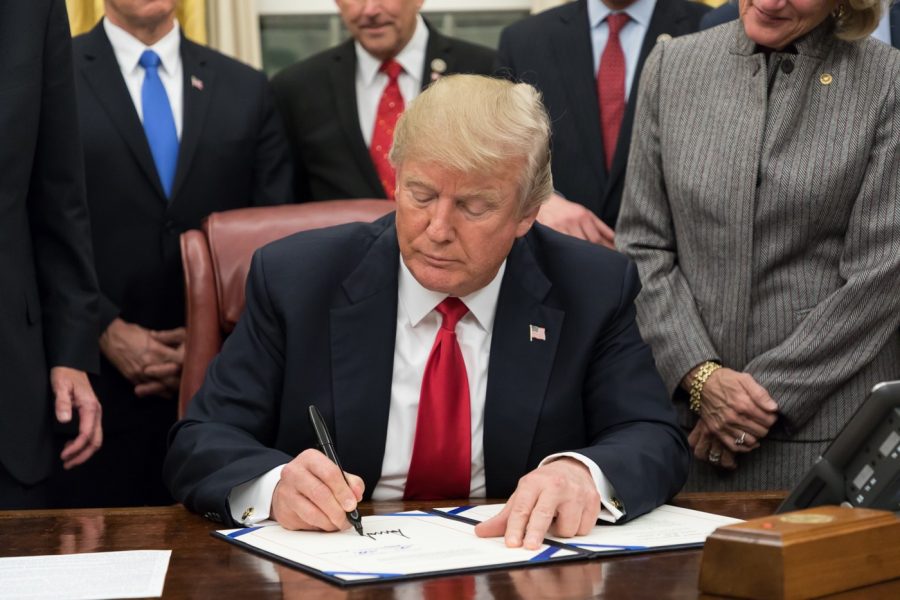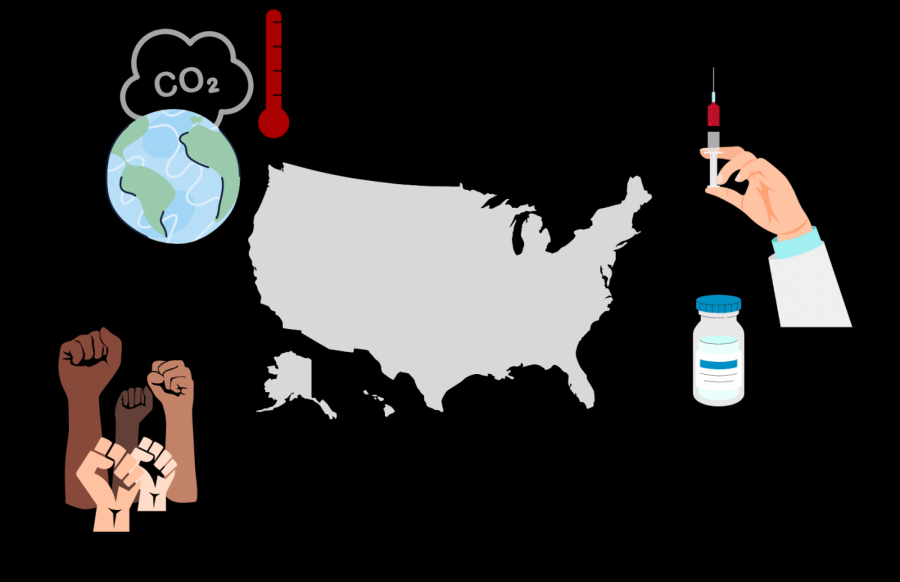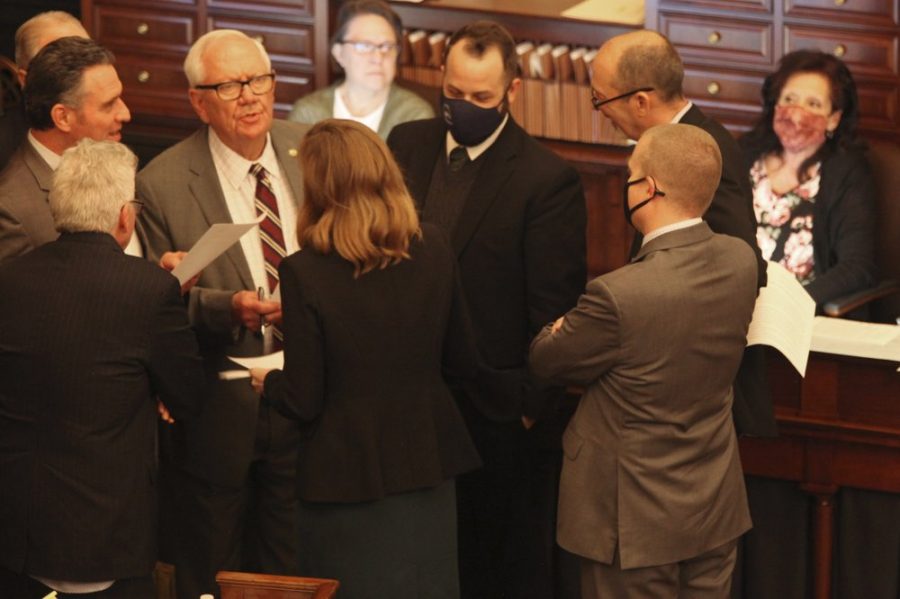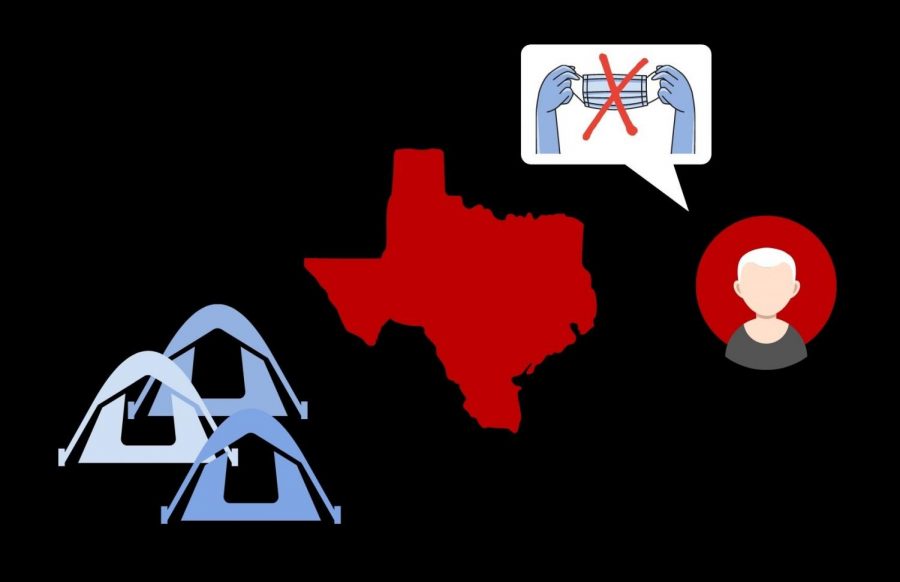On March 27, President Donald Trump signed a historic $2 trillion stimulus package into law as the American public and the U.S. economy continue to fight the devastating spread of COVID-19.
According to NBC News, this significant legislation stands as the largest emergency aid package in U.S. history. It represents a massive financial supplement for a struggling economy with resources aimed at directly helping American workers, small businesses, and industries suffering from economic disruption.
“I never signed anything with a ‘T’ on it,” Trump said, marveling at the bill’s size prior to signing it.
After first passing in the Senate, the bill was then approved by the House of Representatives, though it faced a last-minute challenge from Representative Thomas Massie of Kentucky. Massie, a Republican legislator, reportedly infuriated members of both parties with his demand that his fellow lawmakers vote on the bill in person.
Ultimately, however, House leadership was able to deny Massie a sufficient second in support of a roll call vote, shutting down his request and allowing the House to approve the package.
The package, passed in a bipartisan vote, is viewed as much-needed in order to provide millions of Americans with a degree of financial relief. Its key elements include sending checks directly to individuals and families, exponentially expanding unemployment benefits, as well as providing money for hard-hit hospitals and health care providers. The money allocated to support small businesses and distressed companies ranges around $500 billion.
“I want to thank Democrats and Republicans for coming together and putting America first,” Trump said at the bill’s signing ceremony.





















